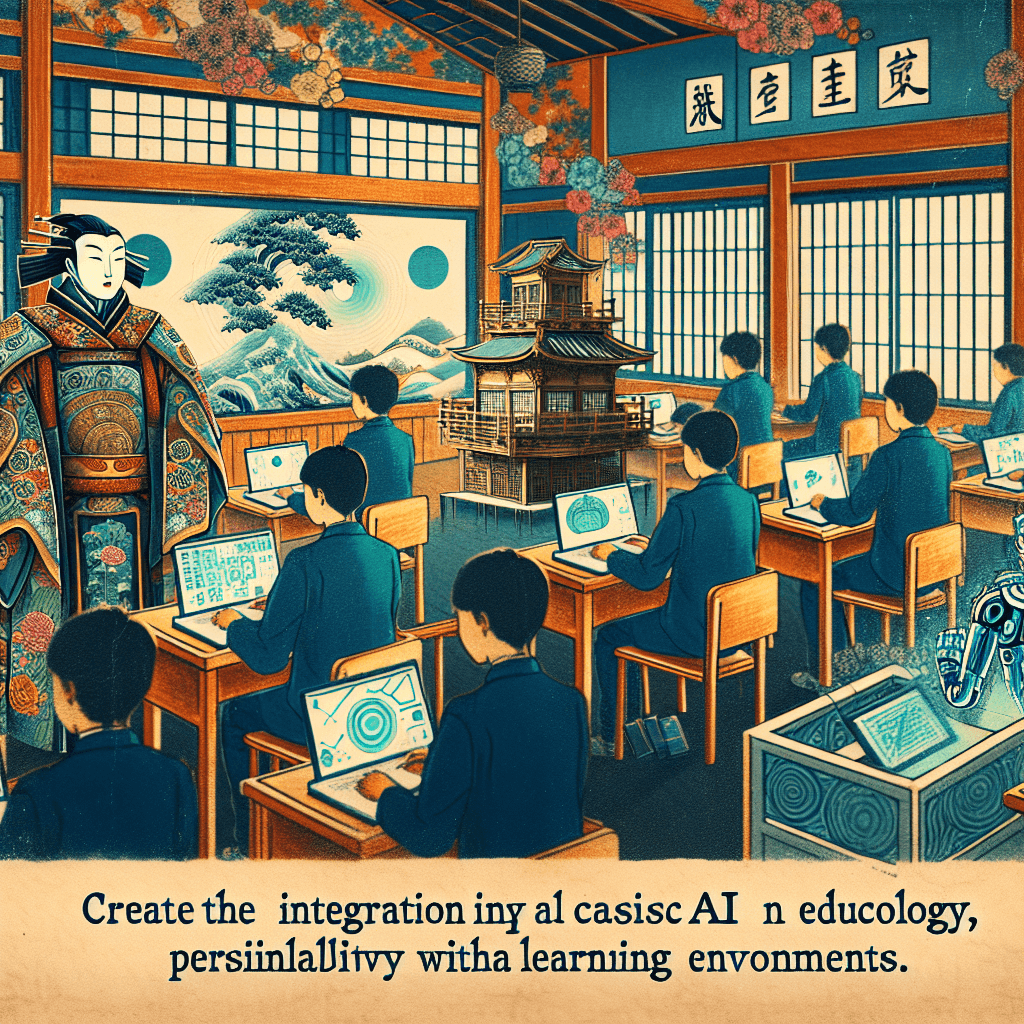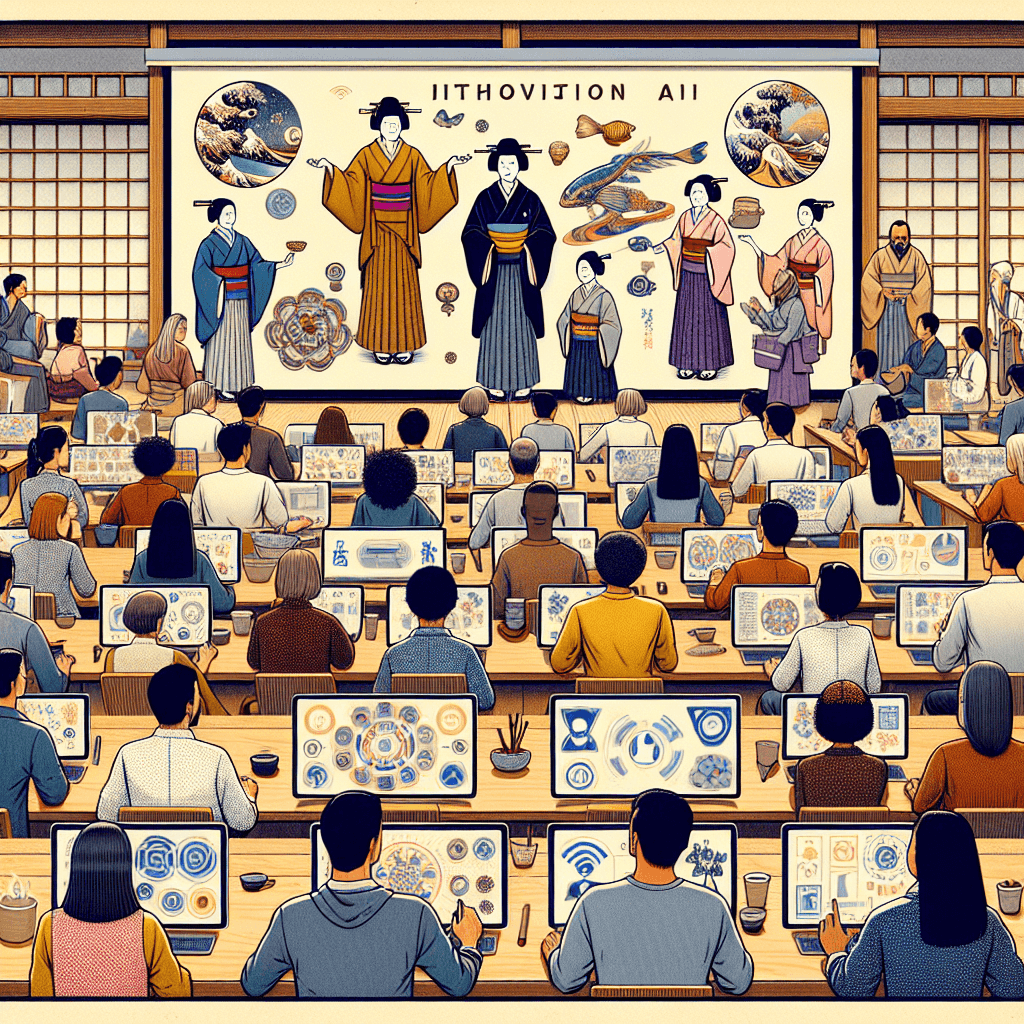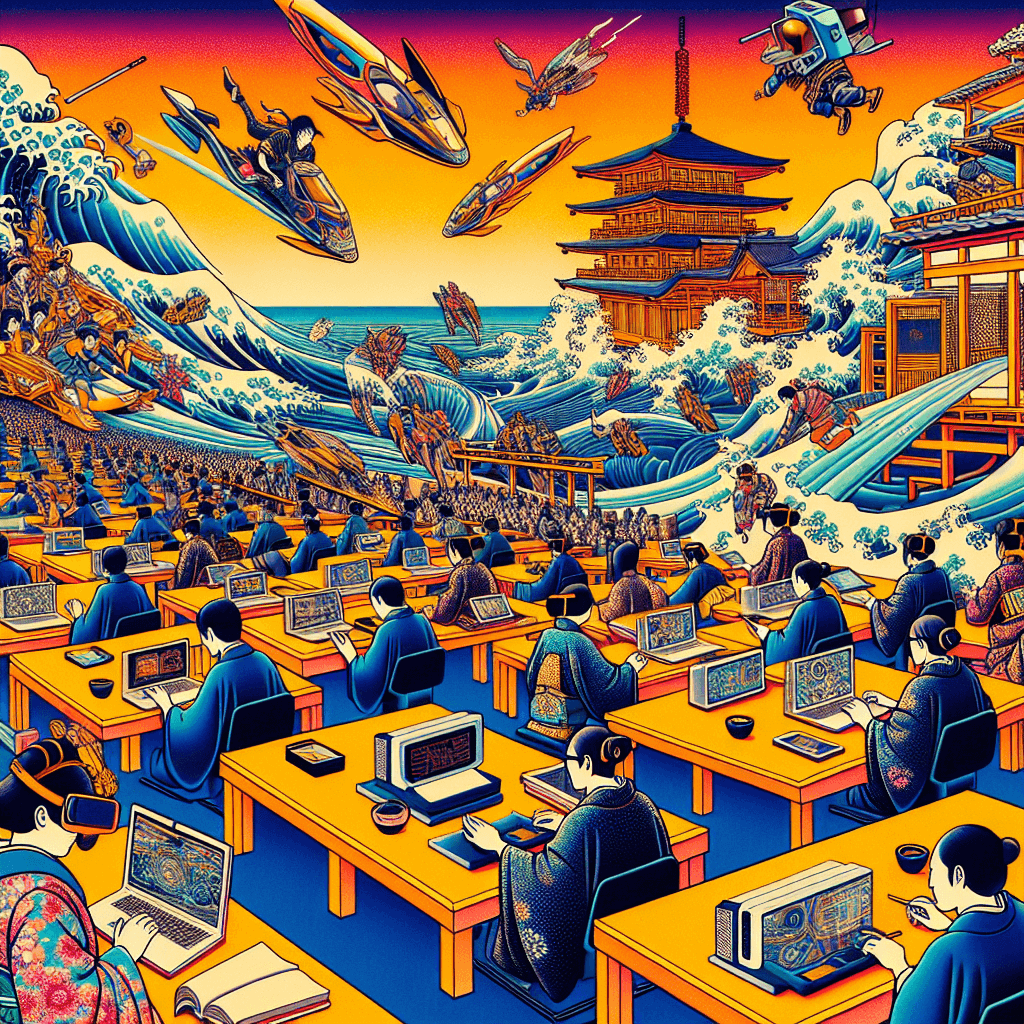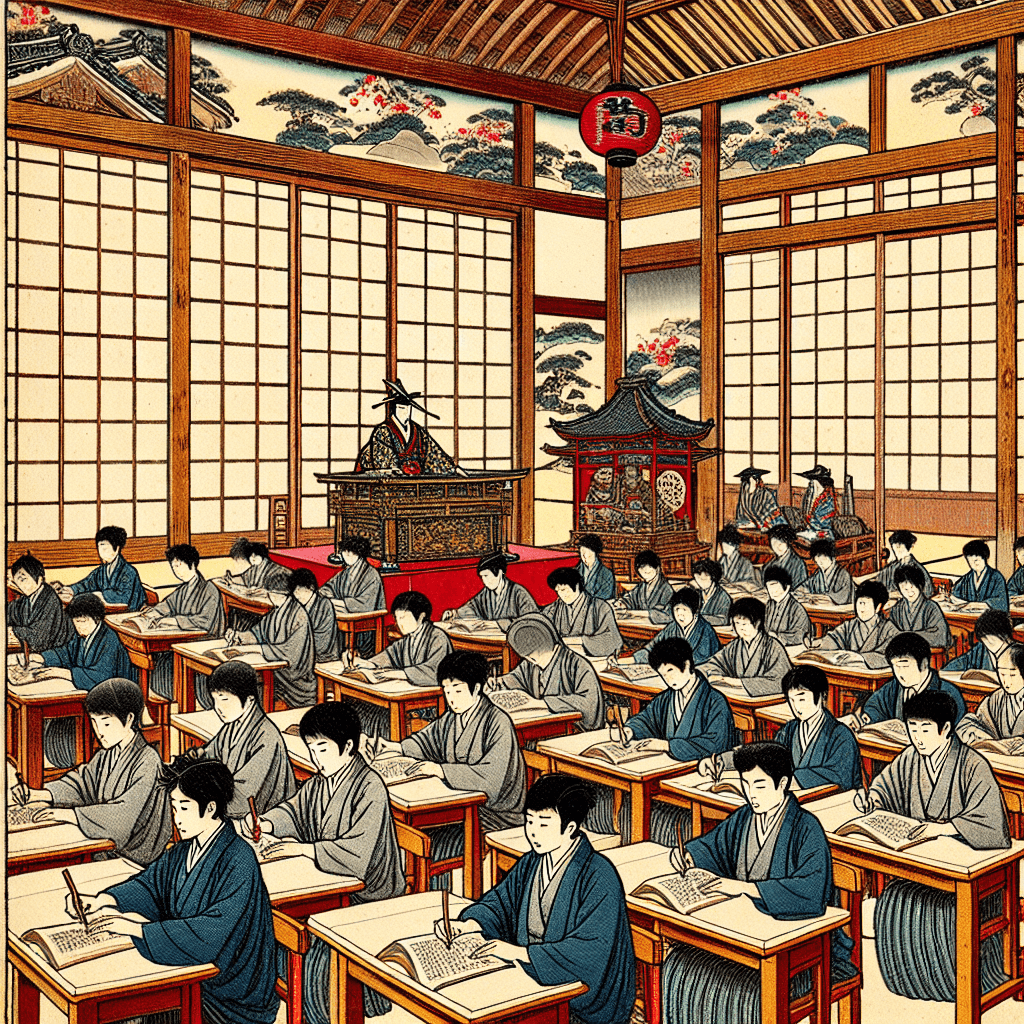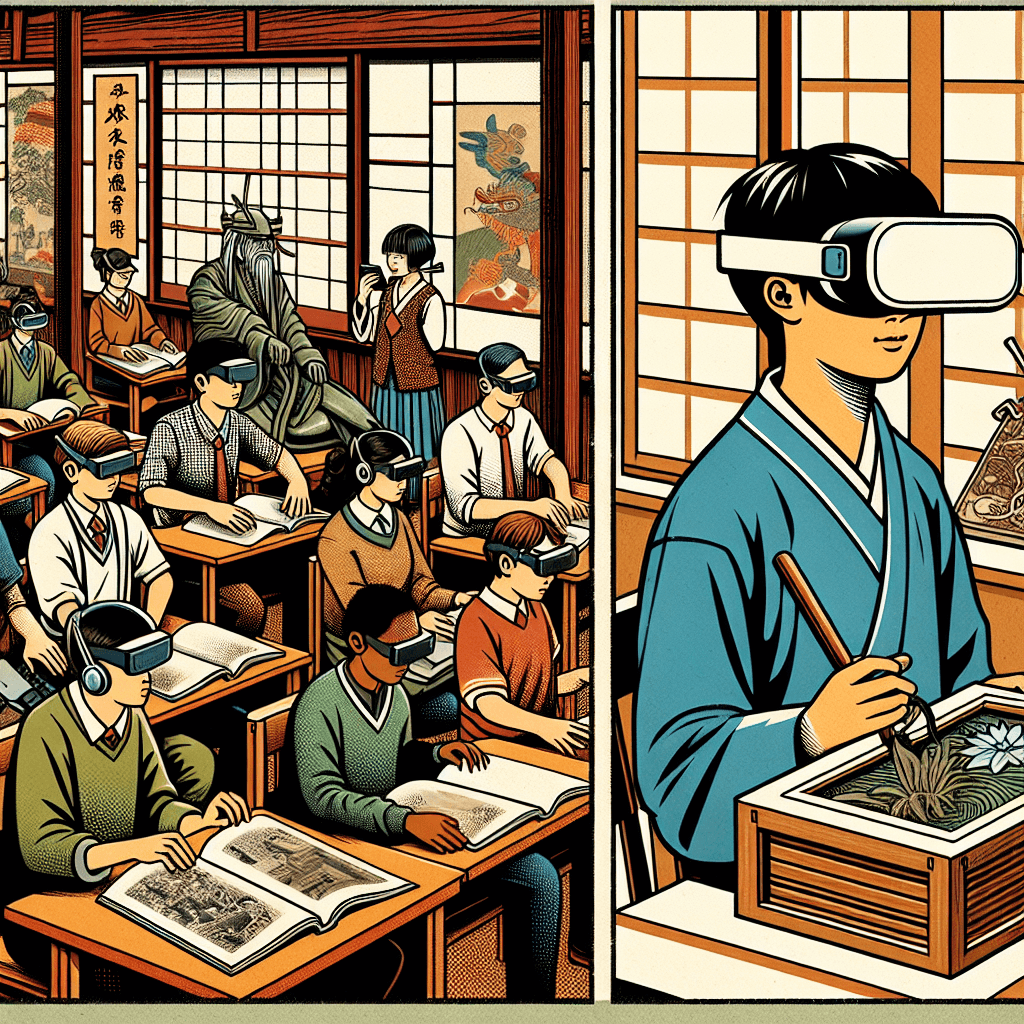Virtual and Augmented Reality in Education: Transforming Learning Experiences
syndu | Sept. 15, 2024, 11:58 a.m.
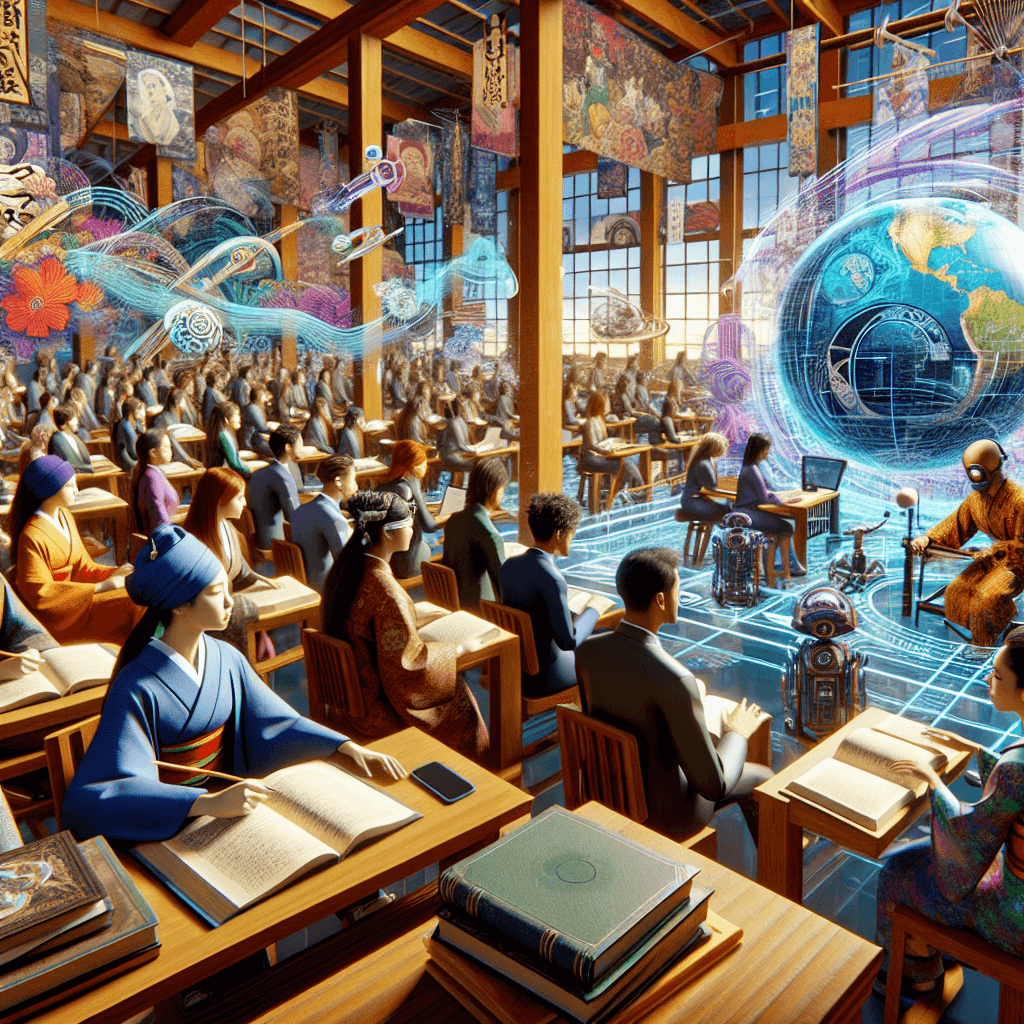
Virtual and Augmented Reality in Education: Transforming Learning Experiences
Introduction
In the rapidly evolving landscape of educational technology (EdTech), Virtual Reality (VR) and Augmented Reality (AR) are emerging as transformative tools that enhance learning experiences. These technologies provide immersive and interactive environments that engage students in ways traditional methods cannot. This blog post explores the role of VR and AR in education, highlighting their benefits, applications, and the future potential of these innovative technologies.
Enhanced Engagement and Motivation
Immersive Experiences
- Virtual Field Trips: VR allows students to take virtual field trips to historical sites, museums, and even outer space, providing experiences that would be impossible or impractical in real life. For example, Google Expeditions offers a range of virtual tours that bring subjects to life.
- Interactive Simulations: AR enables students to interact with 3D models and simulations, making abstract concepts more tangible. Applications like zSpace and Merge Cube allow students to explore complex subjects such as anatomy and physics in an engaging and hands-on manner.
Increased Motivation
- Gamified Learning: VR and AR can incorporate game elements into educational content, making learning more fun and competitive. Platforms like ClassVR and CoSpaces Edu use gamification to motivate students and enhance their learning experiences.
- Personalized Learning Paths: These technologies can adapt to individual learning styles and paces, providing personalized feedback and support. This personalization helps maintain student interest and motivation.
Interactive and Experiential Learning
Hands-On Learning
- Virtual Labs: VR and AR provide virtual lab environments where students can conduct experiments and practice skills without the need for physical resources. This is particularly beneficial for subjects like chemistry and biology, where safety and cost can be significant barriers.
- Skill Development: VR simulations can be used for skill development in fields such as medicine, engineering, and aviation. For example, medical students can practice surgeries in a risk-free virtual environment, gaining valuable experience before working with real patients.
Collaborative Learning
- Virtual Classrooms: VR platforms like Engage and AltspaceVR enable students and teachers to interact in virtual classrooms, fostering collaboration and social learning. These environments can replicate the social aspects of traditional classrooms, even for remote learners.
- Group Projects: AR applications can facilitate group projects by allowing students to work together on interactive assignments, regardless of their physical location. This promotes teamwork and communication skills.
Personalized Learning
Adaptive Learning
- Customized Content: VR and AR can deliver customized content based on individual student needs and progress. Intelligent tutoring systems can provide real-time feedback and adjust the difficulty level of tasks to match the learner's abilities.
- Data-Driven Insights: These technologies can collect data on student interactions and performance, providing educators with valuable insights into learning patterns and areas for improvement. This data-driven approach enables more effective and targeted instruction.
Accessibility
- Inclusive Education: VR and AR can make education more accessible for students with disabilities. For example, VR can provide immersive experiences for students with mobility issues, while AR can offer visual and auditory enhancements for students with sensory impairments.
- Language Learning: AR applications can support language learning by providing real-time translations and interactive language practice. This can help non-native speakers and students learning new languages to improve their skills more effectively.
"As VR and AR continue to evolve, their potential to transform education will only grow, paving the way for a future where immersive learning is an integral part of the educational landscape."
Future Potential
Continued Innovation
- Advancements in Technology: As VR and AR technologies continue to advance, their applications in education will expand. Improved hardware, such as lighter and more affordable headsets, will make these technologies more accessible to schools and students.
- Integration with AI: The integration of AI with VR and AR will enhance their capabilities, providing even more personalized and adaptive learning experiences. AI-driven analytics will offer deeper insights into student performance and engagement.
Broader Adoption
- Scalability: As the cost of VR and AR technologies decreases, their adoption in schools and educational institutions will increase. This will democratize access to immersive learning experiences, benefiting students from diverse backgrounds.
- Global Collaboration: VR and AR will facilitate global collaboration, allowing students and educators from different parts of the world to connect and learn together. This will promote cultural exchange and a broader understanding of global issues.
Conclusion
VR and AR are revolutionizing education by providing immersive, interactive, and personalized learning experiences. These technologies enhance student engagement, motivation, and understanding, making learning more effective and enjoyable. As VR and AR continue to evolve, their potential to transform education will only grow, paving the way for a future where immersive learning is an integral part of the educational landscape.
Case Studies and Examples
Google Expeditions
- Description: Google Expeditions offers a range of virtual tours that bring subjects to life, allowing students to explore historical sites, museums, and even outer space.
- Impact: This tool has been used to enhance geography, history, and science lessons, providing students with experiences that would be impossible or impractical in real life.
zSpace
- Description: zSpace provides an AR platform that allows students to interact with 3D models and simulations, making abstract concepts more tangible.
- Impact: zSpace has been used in subjects such as anatomy and physics, helping students to explore complex subjects in an engaging and hands-on manner.
Merge Cube
- Description: Merge Cube allows students to hold and interact with digital 3D objects, providing a unique way to explore and learn about various subjects.
- Impact: This tool has been used to enhance lessons in subjects such as science and mathematics, providing students with a more interactive and engaging learning experience.
ClassVR
- Description: ClassVR offers a VR platform that incorporates game elements into educational content, making learning more fun and competitive.
- Impact: This tool has been used to motivate students and enhance their learning experiences, particularly in subjects such as history and geography.
CoSpaces Edu
- Description: CoSpaces Edu allows students to create their own virtual worlds and interactive stories, fostering creativity and collaboration.
- Impact: This tool has been used to enhance lessons in subjects such as language arts and social studies, providing students with a more interactive and engaging learning experience.
Visuals and Screenshots
- Images of Students Using VR Headsets:
- Screenshots of AR Applications:
